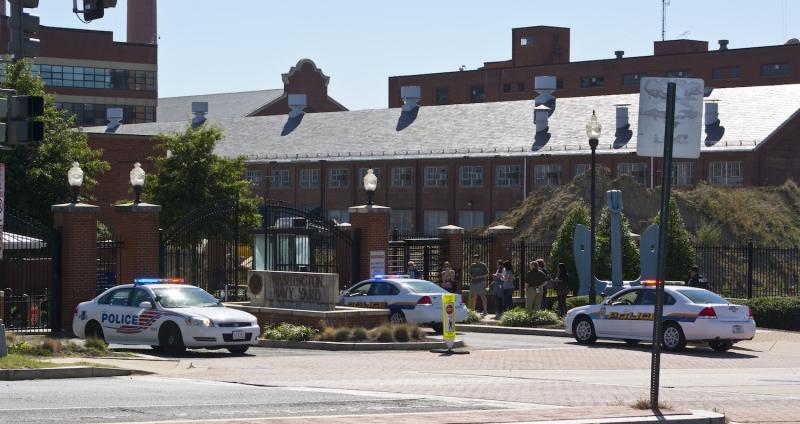Navy Yard Shooting Response Sets Police Response Standard

Following the tragic mass shooting at the Navy Yard in Washington, D.C. Monday morning, it’s natural to wonder how an armed civilian was able to enter the base so easily.
But while increased security measures may prevent another shooting at a military facility, sadly it doesn’t mean the public is safe from another random shooting at another random location.
It's a horrible truth that we have to live with.
Looking forward, if there’s anything that can be taken out of such a horrible event and seen as a positive, it’s that the immediate actions taken in response should now be the standard for future random acts of violence.
Even though one might expect the security response to be faster in D.C. than probably any other city in the country, police agencies large and small can still learn from, and respond similarly to, the way D.C. law enforcement did.
When shots at the Navy Yard were first reported to emergency services Monday morning, law enforcement arrived within three minutes. Within seven, squads were aseembled to pursue the attacker or attackers. Shortly thereafter, the threat was neutralized, according to CNN's report.
"We were really pleased with how our own first responders responded to this situation here in this city," said D.C. Mayor Vincent Gray Tuesday morning on The Daily Rundown.
Uncertainty continued throughout the day, but after the chaos, the fact remains that the shooter could have done significantly more damage had the response not been so well-executed by law enforcement.
Proof of the response's effectiveness can be found in comparing it to previous attacks, which all had a shortcoming in either the time it took to arrive at the scene or in the process of subduing the attackers and caring for the victims.
When police arrived on the scene at Columbine High School in 1999, the protocol was to secure the perimeter of the school to make sure that the attackers wouldn’t be able to escape. They waited until the SWAT team arrived before entering the building, giving the assailants inside more time to kill innocent students and teachers. Not surprisingly, this led to a change in procedure that demanded first responders in a similar situation to enter the building immediately.
At Virginia Tech University in 2007, police arrived at the building where the attacker killed the majority of his victims within three minutes, but got caught up trying to break through a chain-locked door for another five; some argue that they could have found an alternative way in.
The Aurora movie theater shooting in 2012 saw an incredibly fast response time—90 seconds—and an effective neutralization of the gunman, but had communication breakdowns when it came to getting survivors medical care.
And while the gunman committed suicide before police fired any shots at Sandy Hook Elementary School on Dec. 14, 2012, it took nearly twenty minutes from the time calls were made for them to make it to the school.
One of the only positives that came out of Monday morning's rampage is that there is now a standard for how to respond to a random mass shooting, which will inevitably happen again. The keys to their success were not just a fast response, but an organized one that continued communication following the event to get victims care as fast as possible.
Different environments all have their own variables when it comes to preventing violence. But if another mass shooting occurs, law enforcement should do its best to replicate what happened Monday in order to save as many people as possible.
Reach Contributor Charlie Magovern here.



